Description
If objects don’t exist the way they appear, is mind itself an illusion, or is it merely empty of illusions? Is the reality of the mind already endowed with ultimate Buddha qualities, or is reality just the immaculate nature of the mind that allows for Buddha qualities to be developed? Tsong-kha-pa (1357-1419), the great Tibetan Buddhist master, had to address these and a host of other questions in order to formulate the nature of liberation in Buddhism. This volume presents the explanations found in Tsong-kha-pa’s Medium-Length Exposition of the Stages of the Path and in a commentary Tsong-kha-pa supplied for Chandrakirti’s supplement to Nagarjuna’s Treatise on the Middle, contrasting them with views of his predecessor Dol-bo-ba Shay-rab Gyel-tsen (1292-1391), as found in Dol-bo-ba’s Mountain Doctrine. The two systems–Dol-bo-ba’s doctrine of other-emptiness and Tsong-kha-pa’s doctrine of self emptiness–emerge more clearly, contributing to a fuller picture of reality as viewed in Tibetan Buddhism.

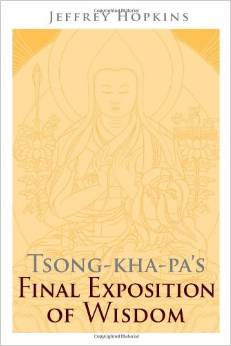
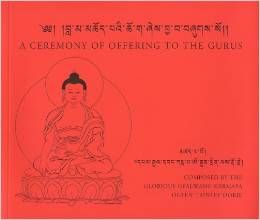
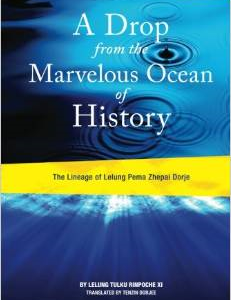
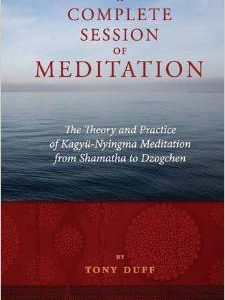
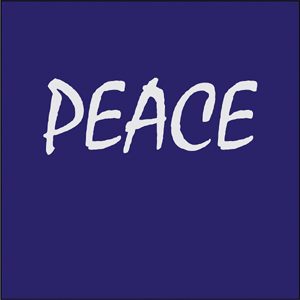
Reviews
There are no reviews yet.